Ovacık Mahallesi, Kullar Caddesi No: 241 C1 Blok, 41000 Başiskele/Kocaeli
Sectors

Food and Livestock Industry
Food Industry; Is one of the largest industries in the world. Vegetables, fruits, grains, meat and other foods originating from animals are being processed in factories, packaged and supplied to the market. These processes demand high amounts of water and result in high water pollution levels. Also, in recent years parallel to increase in food production there is also a high amount of wastewater production. Preferred treatment of these wastewaters is biological due to organic pollutants. Biological Treatment Method; without any requirement of chemical compounds naturally occurring bacteria in wastewater consumes biological pollution and therefore treating the wastewater.
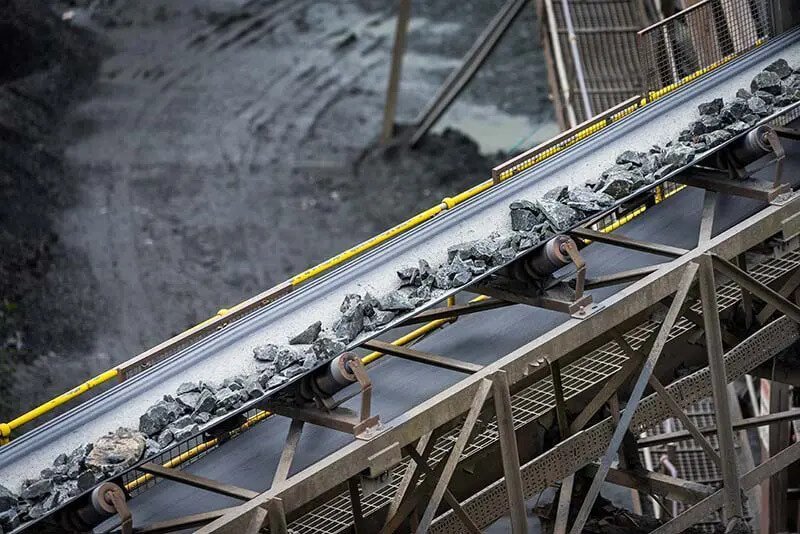
Mining Industry
Iron and non-iron ores, coal production and transportation, boron ores, ceramic and soil industry, cement, stone crushing etc. industries as a whole is called mining industry. A study in recent years emphasizes on a water demand of 120 million m3 annually. Around 100 million m3 of this water is discharged and 20 million m3 is treated. Large portion of this treated water is only processed physically and chemically.
It is known for a fact that water increases in value day by day and in the future, there will be many issues with water. Our firm investigates sub-units of this industry to provide engineering solutions and R&D applications by characterization of various wastewaters.
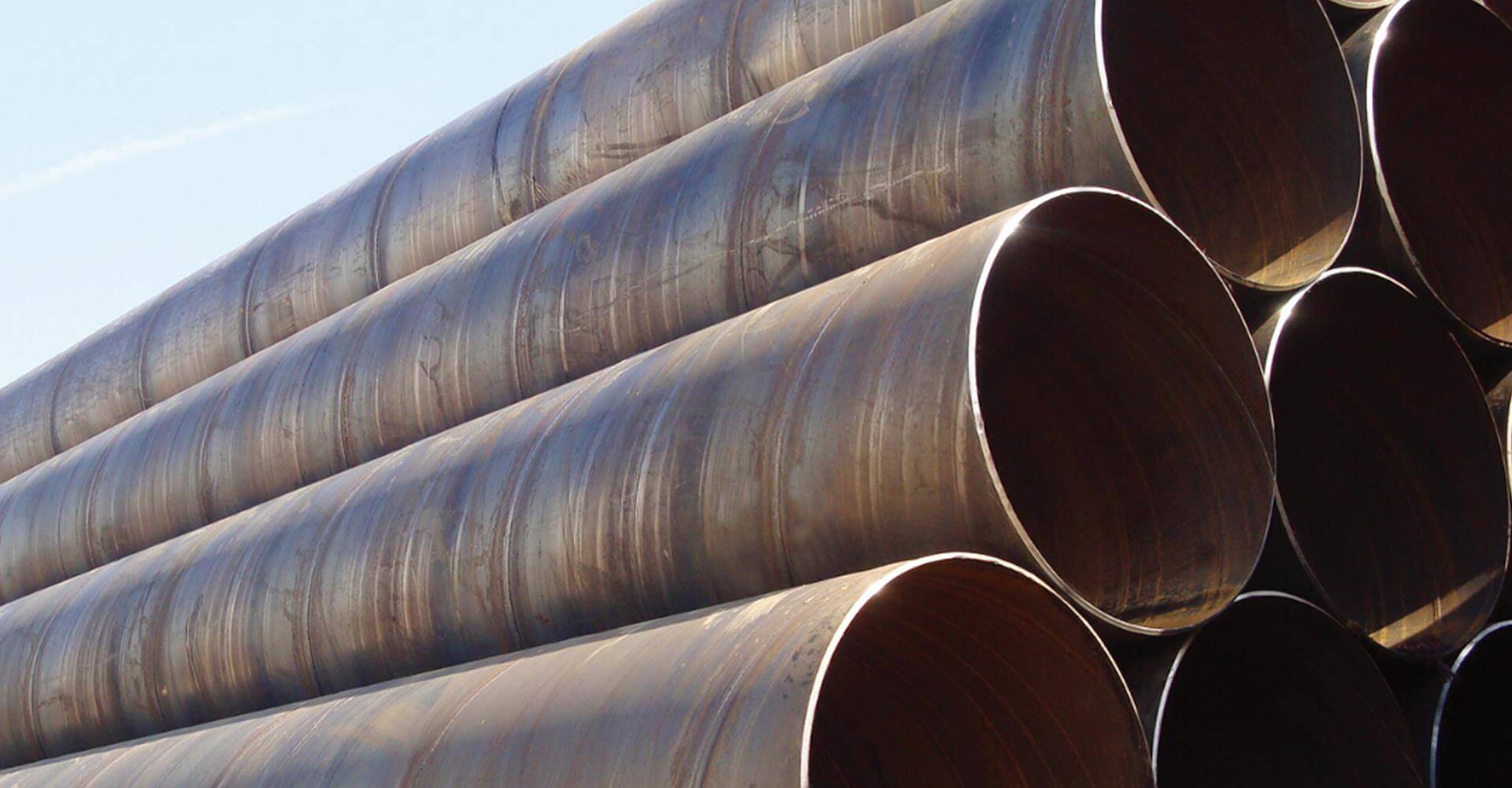
Metal Industry
Metal preparation and processing, galvanizing, electrolyte plating, metal coloring, zinc plating, hardening, conductive plate production, battery production, grinding and sanding, polishing and varnishing, painting, iron and non-iron casting and metal shaping are as a whole called metal industry.
Metal area of usage is increasing due to rapid technological innovations and developments. This results in increase of waste amount for both liquid and solid states. Water used in processes include high amounts of heavy metals poses a danger to environment. Discharge without treatment will negatively impact humans, animals and ecosystems. For treatment physical and chemical treatment methods are preferred. Depending on the characterization of water biological treatment may be necessary.
Our firm investigates sub-units of this industry to provide engineering solutions and R&D applications by characterization of various wastewaters.
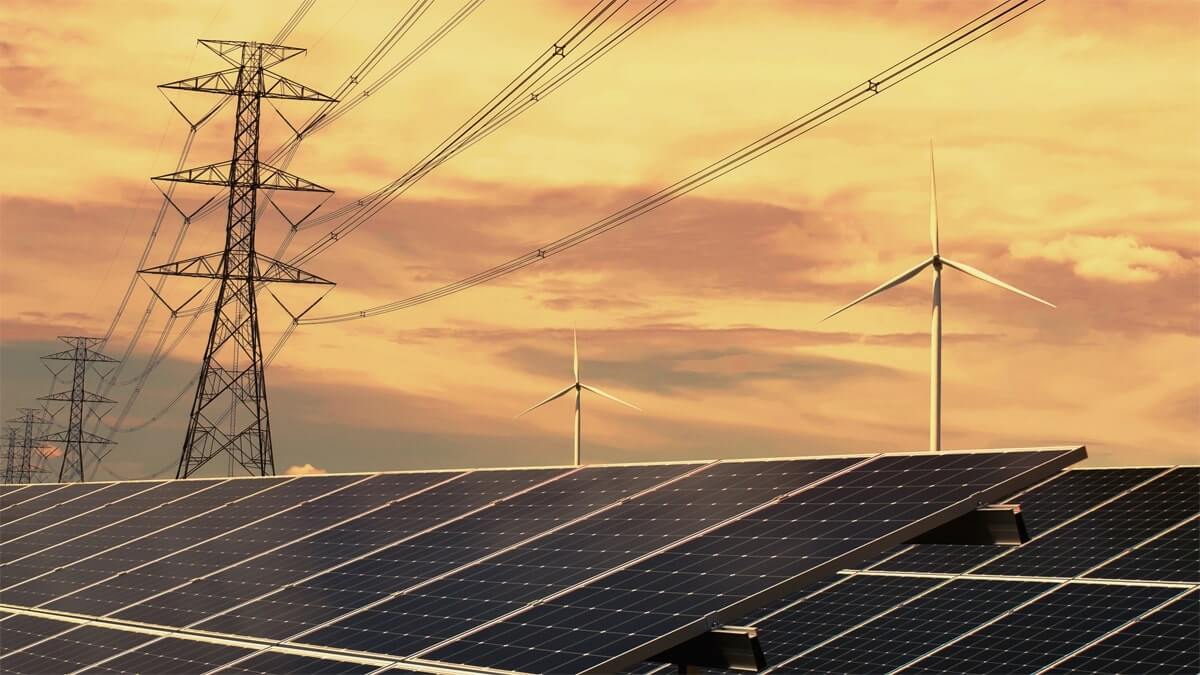
Energy Sector
Power plants produce wastewater depending on type of fuel and production process. For example, washing and rinsing oil compartments of machines result in greasy wastewater, chemical wastewaters including Iron and Sulfate from water treatment effluents and domestic use from personnel using bathrooms/restrooms originate wastewaters. These wastewaters can be treated to discharge standards after careful analyzation and physical, chemical, biological wastewater treatments.
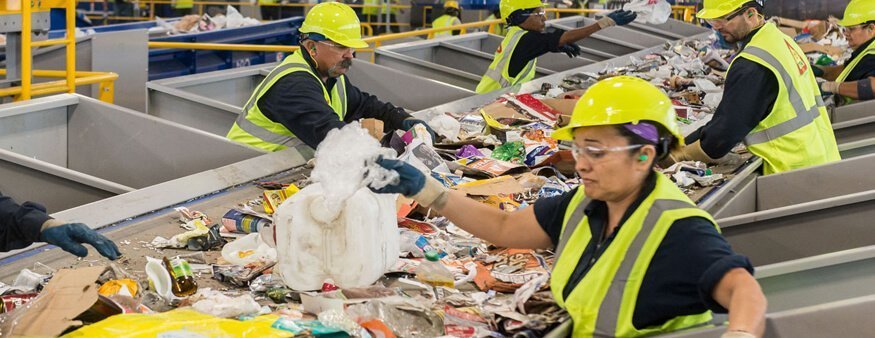
Recycling Sector
Recent innovations of recycling processes cause wastewater production. After analyzation of characteristics water can be treated with physical, chemical and biological means. Usually, plants integrated with domestic wastewater treatment systems have high efficiency of pollutant removal.
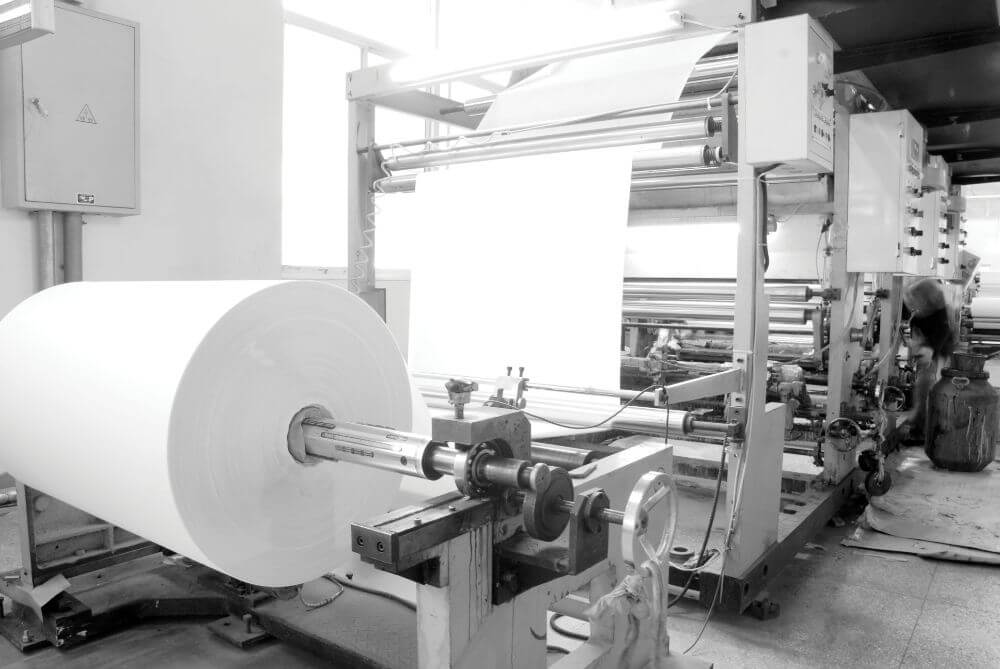
Paper Industry
Paper Industry is an industry where high water demand in production processes (15-100 m3/ton paper).
Both aerobic and anaerobic treatment methods are viable for paper industry wastewater treatment. Color removal can be achieved by; chemical oxidation, ozonation, coagulation, biological (with fungi). Chlorophenols and Adsorbable Organic Halogens (AOX) removals can be achieved by; adsorption, ozonation and membrane filtration. Combination of two or more physicochemical processes will result in high toxic material removal.
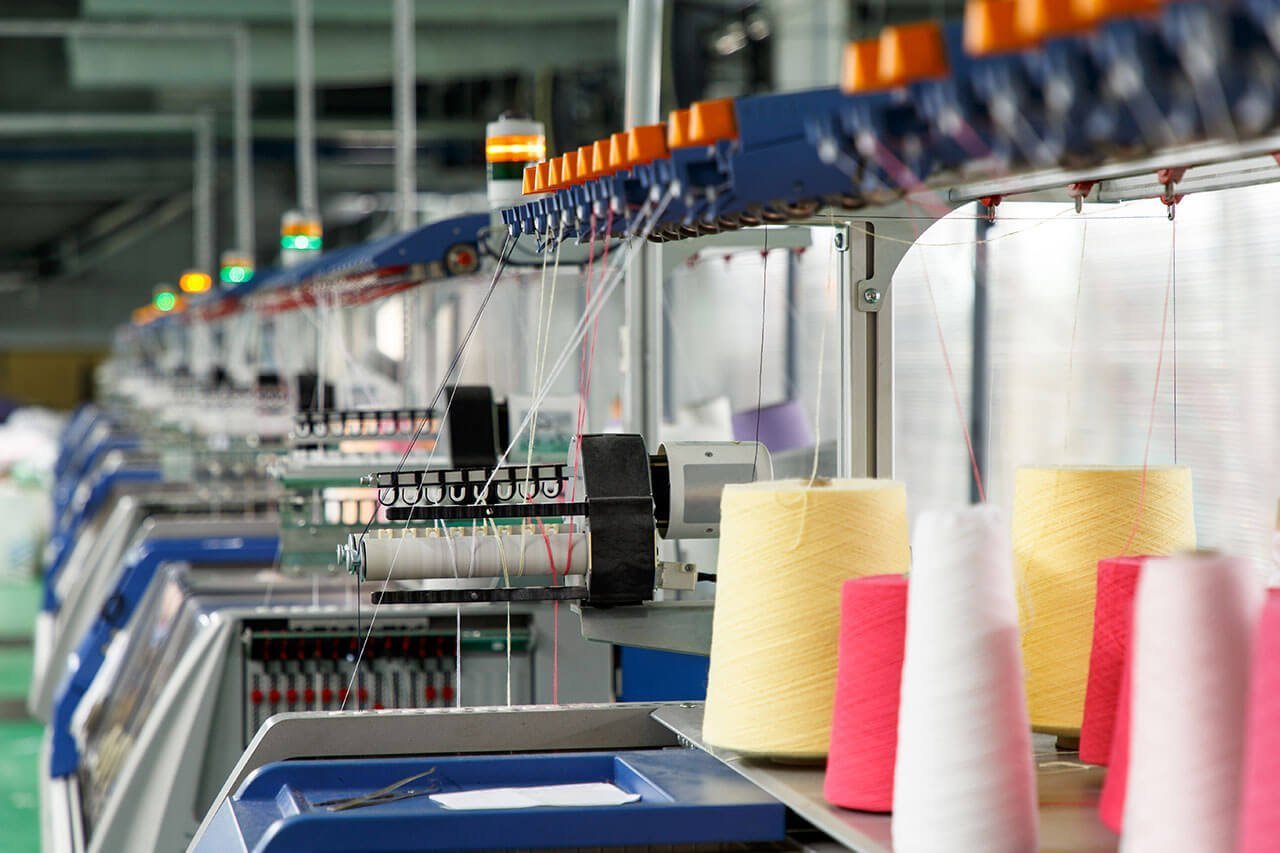
Textile Industry
Production of textile products increase throughout the world. This causes a parallel increase in wastewater generated from these production processes which contributes to worldwide industrial pollution.
Textile industry water demand is 24% of all industrial water demand. Approximately 80% of this demand is used in production lines. In textile industry by IPPC directives and In-Plant Control applications work towards reclamation of process water.
For textile finishing industry, a Fenton-like oxidation reaction can be utilized as a primary treatment technique. Depending on wastewater characterization, chemical variation may cause readily biodegradable COD fraction to be treated with efficiency of up to 70-80%)
Incineration of sludge originating from coagulation/flocculation processes of latex including or printing paste including wastewaters is an alternative for chemical oxidation. Before biological aeration treatment anaerobic treatment for filling liquor, printing paste, azo dye is effective for color removal.

Pharmaceutical Industry
Pharmaceutical Industry wastewater include high amounts of antibiotics, cancer medication, hormone preparates etc. and various toxic compounds such as contrast materials, mercury, solvents, radioactive materials etc.
In order to remove these toxic materials from wastewater; UV-oxidation, chemical oxidation, catalytic oxidation methods are applied.
In every step of pharmaceutical production wastes either toxic or non-toxic can be generated. Residue from fermentation and natural product extraction are the basis of these wastes. Other wastes generated from this industry is reaction residues and filtrates from chemical synthesis processes. These wastes may include solvents which renders them toxic. For solid wastes usual application is off-site wasting or incineration.
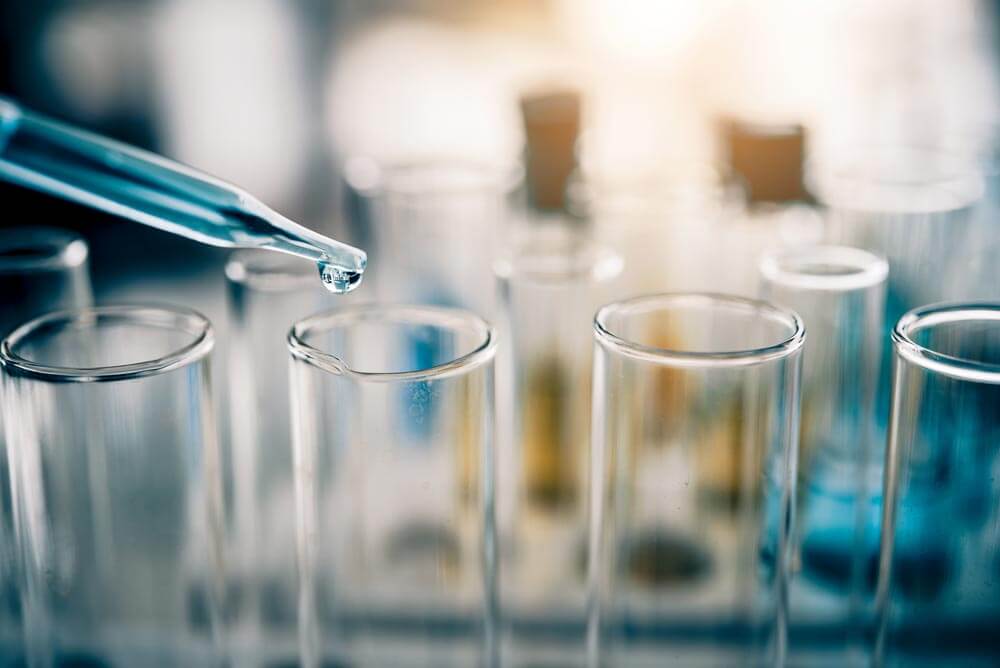
Chemical Industry
In all applications, depending on water characterization and customer requirements various different chemical treatment projects are being made to fit discharge regulations.
Our Package Wastewater Treatment Systems are portable and easily installed. Also, these systems are fully automatic.

